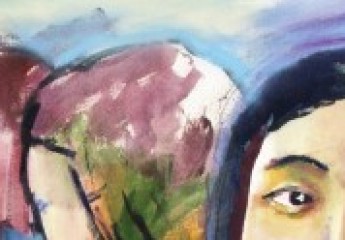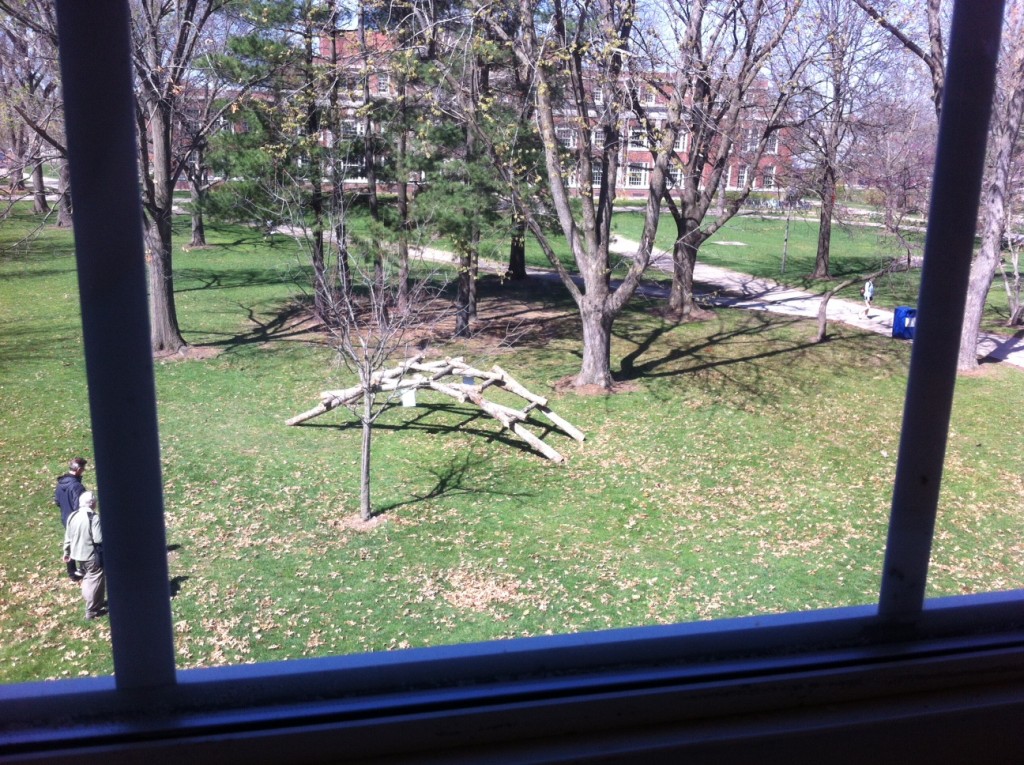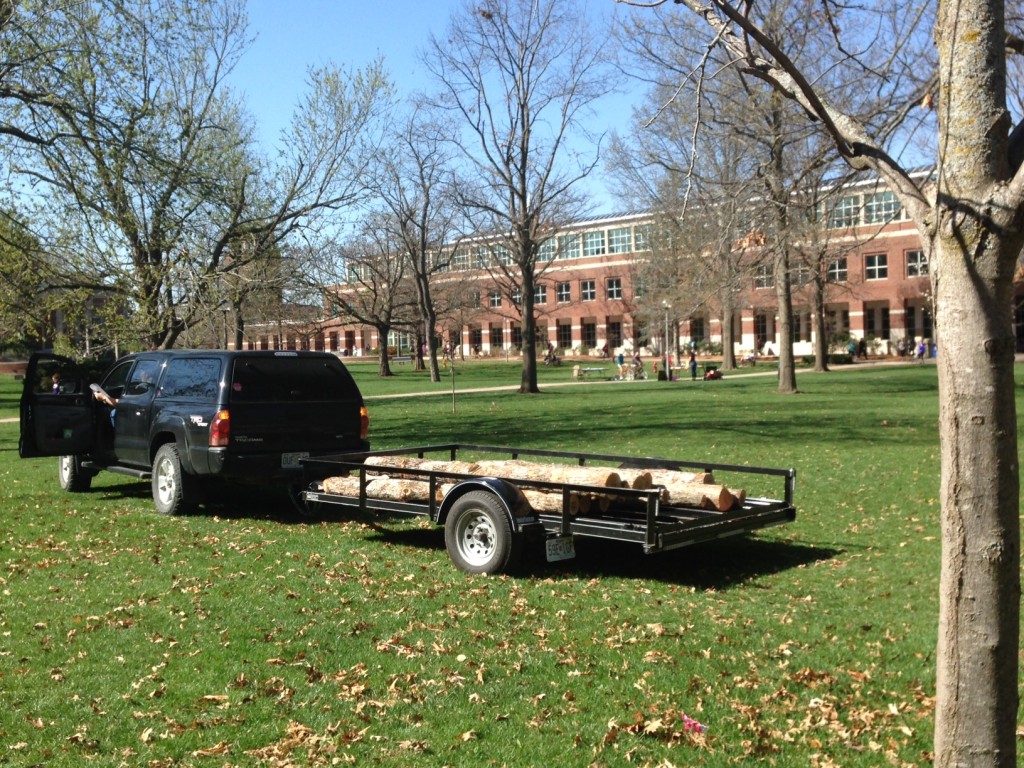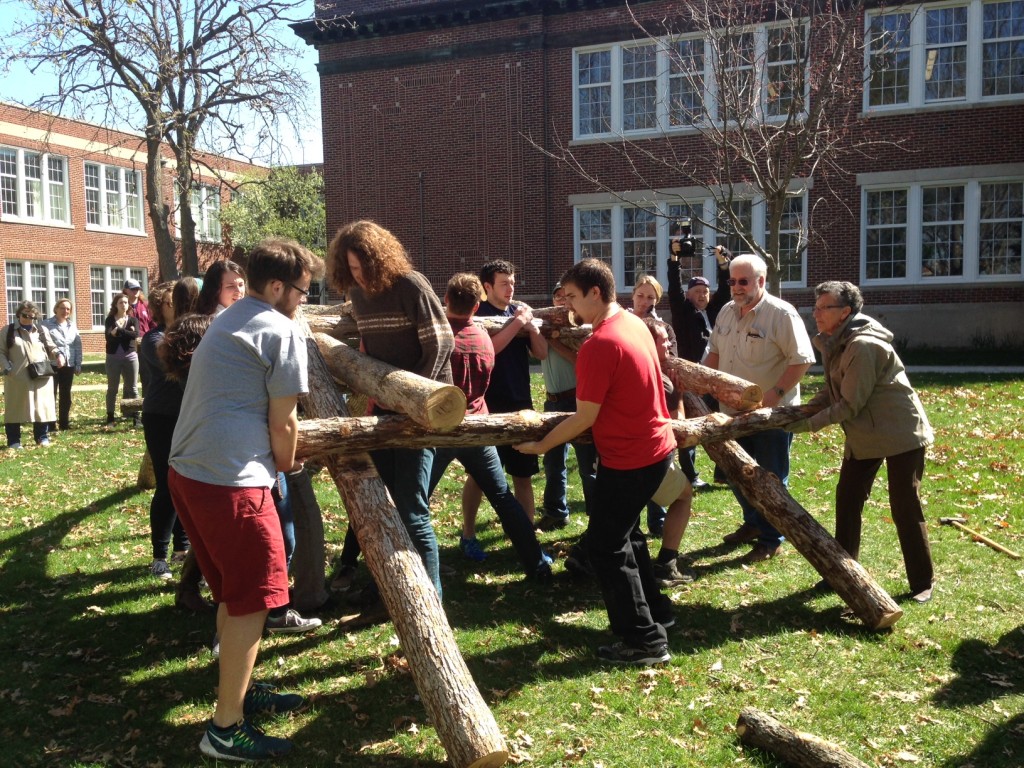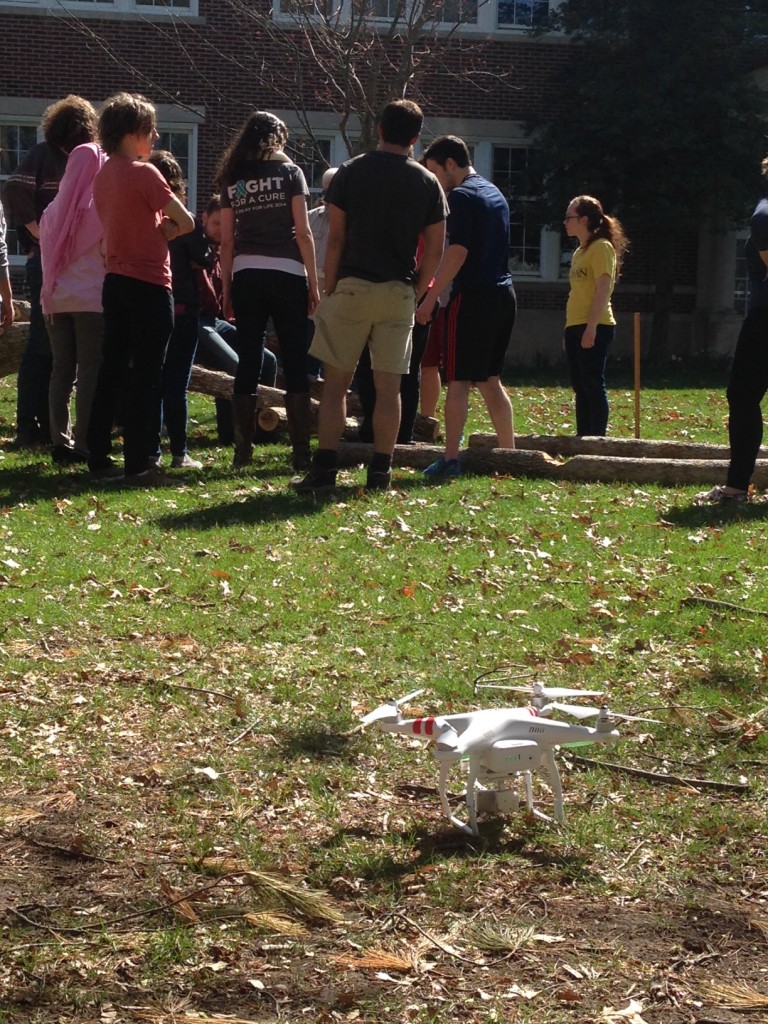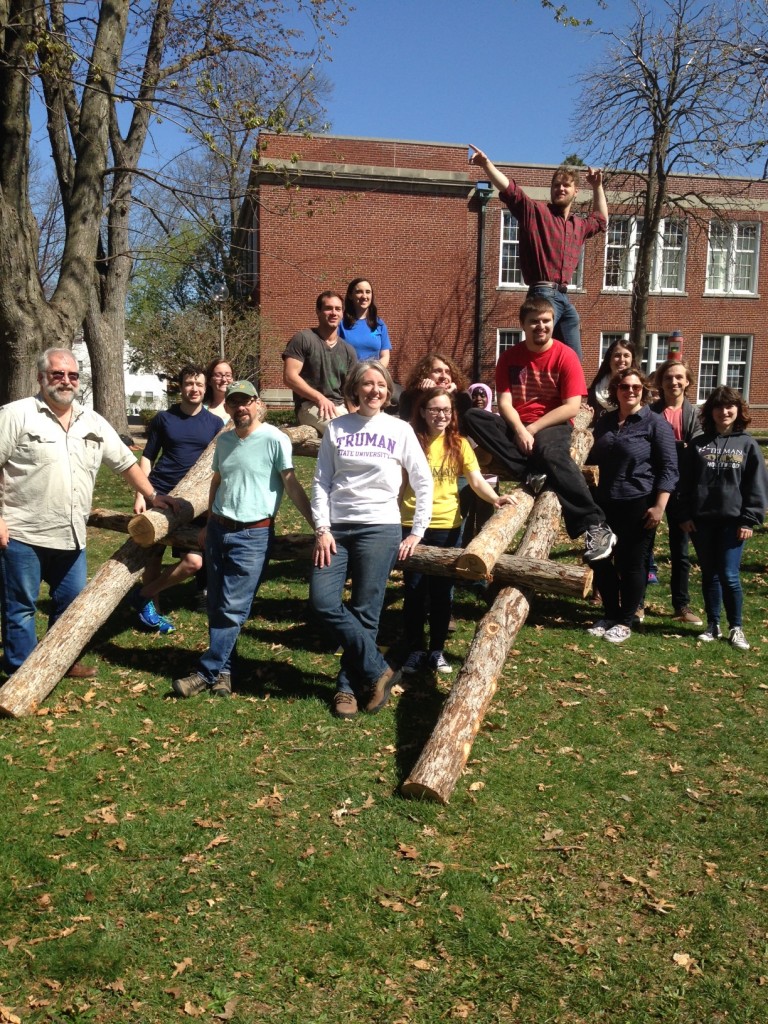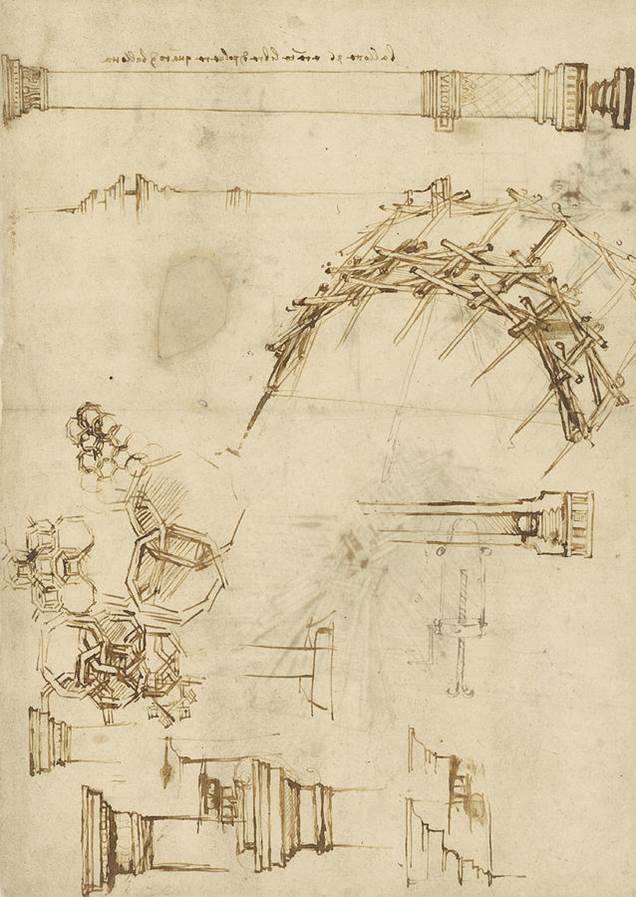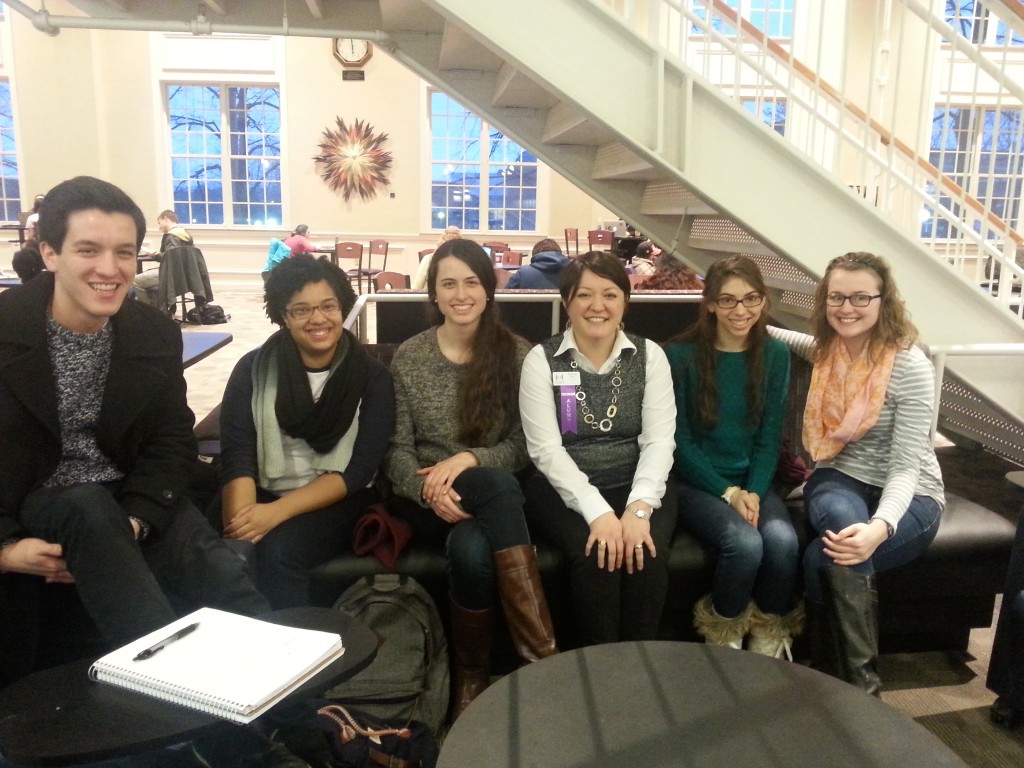It’s the last week of classes at Truman so there is lots going on in the Art Department!
ART 429 Historical Methods Mini-Conference: junior Art History majors Duncan Holahan and Matt Treasure, and senior Art History minor Danielle Naeger, will present their historiographic research at a mini-conference which they have organized for Tuesday, April 28 from 9:00 – 10:20 a.m. in OP 2210.
BA/BFA Studio Exhibition: in partial fulfillment of degree requirements, Hailey Gearo, Danielle Naeger, Colleen Ryan, and Jessica Zilch (BA in Art) will be exhibiting artwork as will Alex Eickhoff (BFA in Studio Art). The opening reception will be held on Tuesday, April 28 at 6:00 p.m. in the University Art Gallery (OP 1114). As always, this Gallery event is free and open to the public.
Strong Foundations exhibition: continuing through this week in the Gallery is the Strong Foundations show; this features work selected by Art Department from produced in Art Studio Foundations courses (and generally as part of the Foundations Proficiency portfolio review). This semester, work by Hannah Nicks, Sadie Pafford, Nicholas Phan, Joslyn Ross, Colleen Ryan, Taylor Schulz, and Yochi Tu appears in the show.
Clay People sale: students in the ceramics club, Clay People, will be holding a sale of their work on Thursday, April 30 from 10:00 a.m. – 4:00 p.m. on the Quad (rain location: OP main atrium). Great chance to buy reasonably priced, hand made, sustainable, and beautiful gifts!
We hope to see you at some or all of these great events, and stay tuned for more on the BFA in Visual Communications senior portfolio exhibition on Monday, May 4 at 6:00 p.m. at the Kirksville Arts Association!
